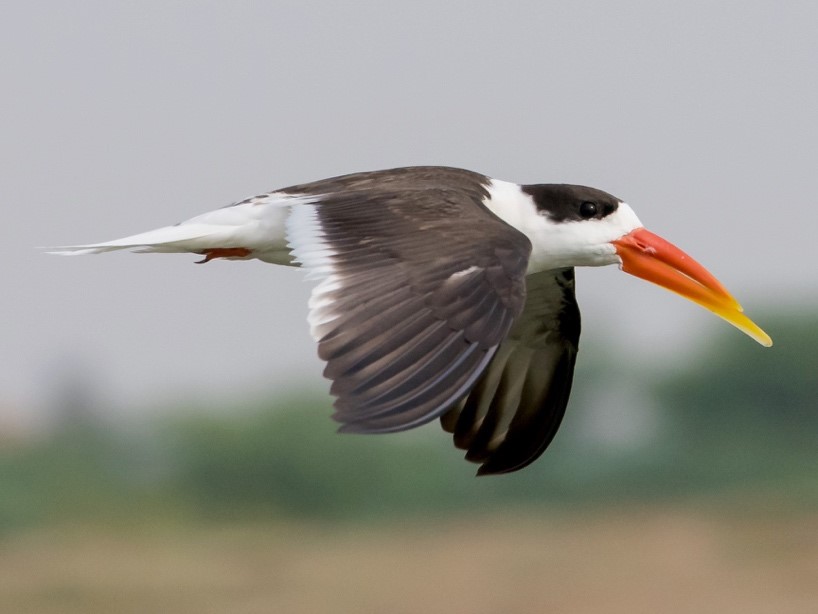Free Courses Sale ends Soon, Get It Now


Free Courses Sale ends Soon, Get It Now



Disclaimer: Copyright infringement not intended.
Context
Details
About Indian Skimmer
|
FACTS Scientific Name: Rynchops albicollis Common Names: Indian skimmer, Indian scissors bill Taxonomy: Kingdom: Animalia Phylum: Chordata Class: Aves Order : Charadriiformes Family: Laridae Genus: Rynchops Species: albicollis Conservation Status: IUCN: Endangered CITES: Not listed IW(P)A: Not listed |
Distribution
Characteristics, Habitat and Behaviour
Major Threats
About the Satkosia Tiger Reserve
History
Terrain
Flora
Fauna
|
PRACTICE QUESTION Q) Which of the following statements with reference to Indian Skimmer is/are incorrect? a. Indian skimmer is found in the coastal estuaries of eastern India only. b. The Indian Skimmer is native to India, Bangladesh, Myanmar, Nepal, Pakistan and Vietnam.
Correct Answer: 1 |
© 2024 iasgyan. All right reserved